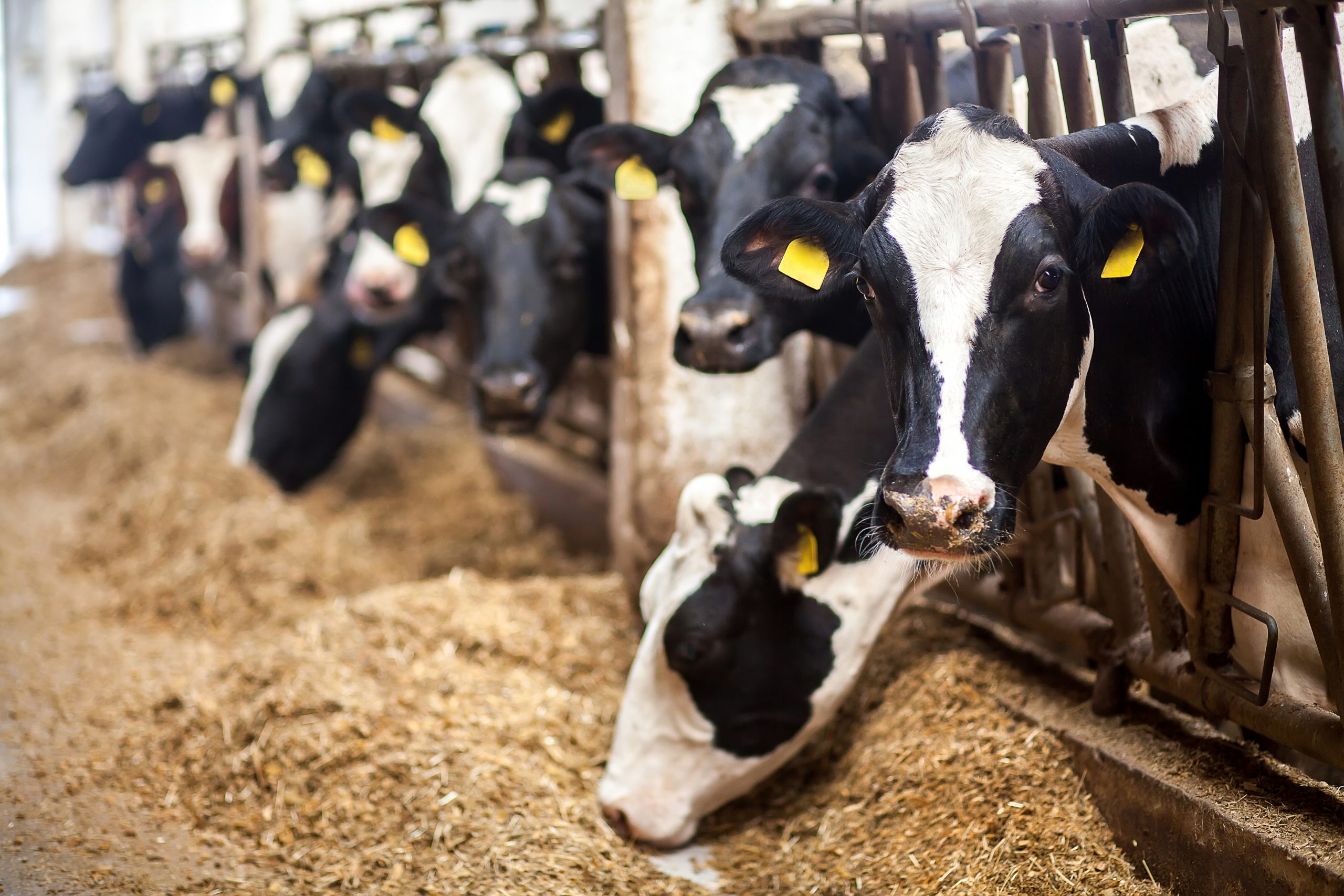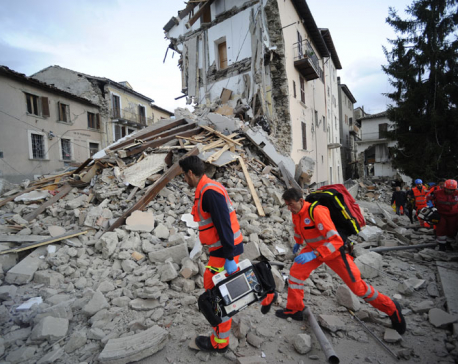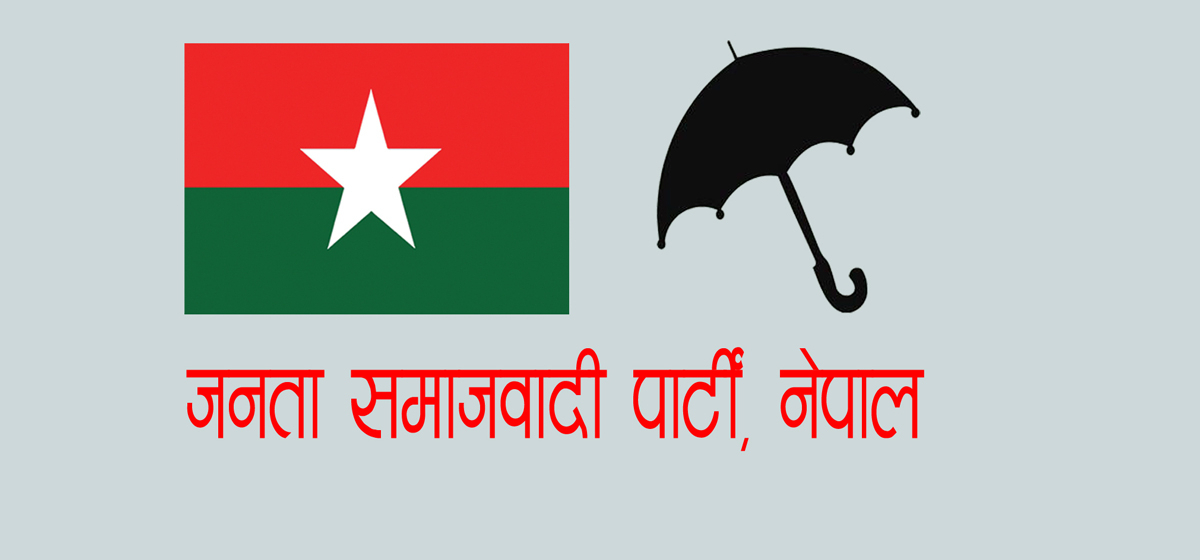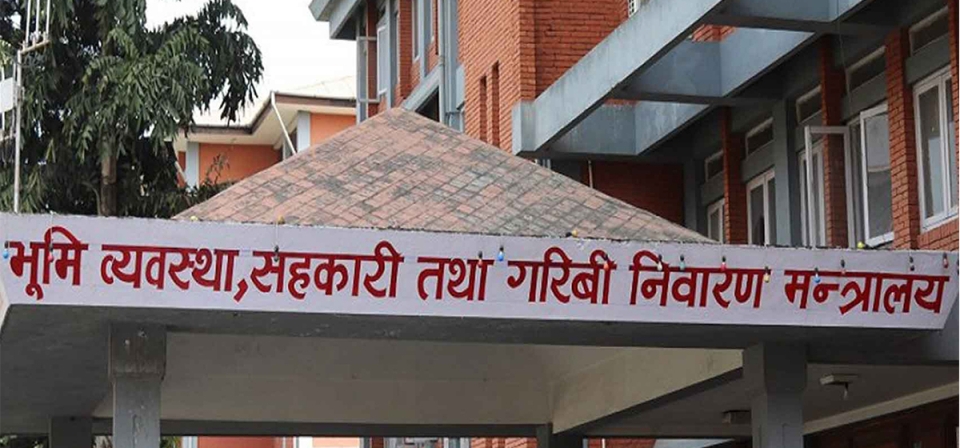
OR
#BLOG

Dr Kedar Karki
The author is a senior veterinary health management consultant. He runs Devine veterinary clinic in Sinamangal, Kathmandu.news@myrepublica.com
An emergency requires an extraordinary response in any field. This emergency arises due to natural or man-made disasters. Although 80 percent of natural disasters occur in the world, Nepal experiences all types of natural disasters except volcanic activity.
The frequency of droughts, floods, earthquakes and cyclones is increasing every year. The northern mountainous region is prone to blizzards, floods in the plains, droughts, irregular rains and earthquakes of various intensities. Human-made disasters may not harm animals directly, but situations such as bombings, pollution, industrialization or destruction of natural habitats may pose a risk.
Disasters are not uniform because impacts and outcomes vary from region to region and community to community. During a disaster people lose their property and livelihood, which takes time to recover. Any kind of disaster affects the vulnerable sections of the society. Dependence on animals for their livelihoods is particularly high in developing countries. In Nepal, 70 percent of livestock is owned by 67 percent of small and marginal farmers and landless laborers. Animals have a better chance of survival in disaster situations. But little effort has been made in this direction.
The problem is exacerbated by the fact that animals are nowhere involved in preparedness, mitigation or rehabilitation. Also, the damage to animals and birds has not been accurately assessed. Some known disasters are:
Earthquakes
Earthquakes can damage buildings, infrastructure, bridges, dams, roads, and railroads. Apart from lack of food, water pollution due to leakage of sewage water causes great inconvenience to humans and animals. In the Nepalese landscape, animals are often tethered outdoors or kept in sheds with roofs. Where there is less chance of physical injury. But when animals are tied or caged, they are less likely to escape.
Management during earthquakes
· The safest place for shelter should be identified so that the animals can survive for two to three days without any help.
· Animals should be vaccinated against tetanus or the most common infectious disease.
· All farm implements and equipment and other heavy objects should be kept away from walls and roofs as they can cause serious injury if they fall.
· Caregivers of indoor animals should hide under sturdy furniture and stay away from breakable objects such as windows.
· A bolt cutter should be used to open the gate in an emergency.
· Veterinary and medical advice should be sought in an emergency.
· Evacuation is the best way to save the animal from further suffering. Evacuation to rescue camps should be quick and swift.
· Both the destination and transportation of animals during transfer should be coordinated to protect the health and welfare of the animals.
Management strategies during disasters
· Evacuation is the best way to save the animal from further suffering. Evacuation to rescue camps should be rapid.
· Both the destination and transportation of animals during transfer should be coordinated to protect the health and welfare of the animals.
· Provision of shelter depends on the type of disaster. For example, animals are safer outside than in shelters during a hurricane. There is a fear that houses will be filled with water during floods.
· Adequate feed and water should be provided to meet nutritional requirements and minimize disease. Availability of food and fodder is very important at this time because there is a huge gap between demand and supply. Use of non-conventional feed sources like forage cultivation, seed distribution, urea, feed block, silage feeding should be promoted.
· All rescued animals must be identified with some number. Total animal population and total rescued animals represent animals lost during a disaster.
· All injured animals should be treated immediately and antibiotics may be administered in cases of sensitive disease. Animal health components include proper nutrition, care of pregnant animals, care of newborn and young animals etc.
· There is always a fear of disease spreading in the herd such as FMD, hemorrhagic septicemia, anthrax, PPR, E. The risks can be avoided through mass vaccination programs for diseases such as coli etc. Some precautions can be taken with proper sanitation and hygiene as well as pest control.
· Many animals are likely to die in disasters, where the management of dead animals becomes a problem. This problem becomes more serious during floods and cyclones. Dead animal carcasses should never be thrown into streams and rivers. According to protocol, the body should be cremated or buried. Carcass utilization is a method, where intermediate products such as meat meal, bone meal, calcium etc. can be produced as essential food supplements. Techniques include dry and wet rendering such as cooking, sterilization, degreasing, drying and finally milling and bagging.
· Another problem is animal waste disposal. Animal dung can be used as fertilizer or cooked and dried as fuel. Whenever possible, small compost gas units can be arranged. Improper disposal creates pest problems. Compost pits can be made by regularly digging up the soil and adding lime to it.
Duck farming and fish farming can be considered as a means of pest control in long-term flood water stagnation. Veterinarians, para-veterinary staff and support staff should help set up temporary rescue camps in affected areas to reach sick, dead and injured animals. Control rooms have to be established to exchange and coordinate veterinary assistance.
You May Like This

Member countries of WHO South-East Asia Region pledge to strengthen emergency preparedness
KATHMANDU, Sept 5: Member countries of WHO South-East Asia Region on Wednesday pledged to strengthen emergency preparedness capacities by scaling... Read More...

Govt, intl agencies to work together for better emergency preparedness
KATHMANDU, May 27: The representatives from government and different foreign aid agencies have committed to working together on better emergency preparedness... Read More...

Death toll from earthquake in Italy climbs to 73
AMATRICE, Italy , Aug 24: Italy's civil protection agency says the death toll from the magnitude 6 earthquake in central... Read More...






Just In
- Former DoTM employee Bhatta arrested in connection with illegal license issuance case
- One killed in a fire incident in Dadeldhura
- JSP Central Executive Committee meeting being held today to discuss national convention representative election guidelines
- KMC adjust office hours, services now start at 9AM
- Five-match T20 series: first match between West Indies 'A' and Nepal starts today
- Govt yet to pay Rs 60 billion to contractors
- Nepal’s poorest district identified as Bajura, richest as Mustang
- Wind storm likely at a few places of Koshi and Sudurpaschim












Leave A Comment